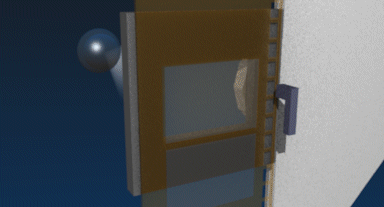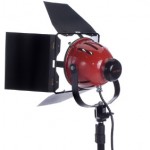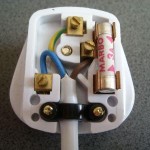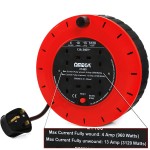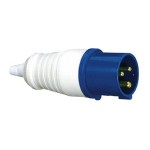
Crowd-funding has had an almost revolutionary effect on micro-budget filmmaking. No longer are we reliant on public funding bodies or a friend of a friend who wants to write off some income against tax to get our projects financed; we can go to the crowd and build up legions of fans whilst accruing our budget.
As many of us know, however, it’s not that easy. With so many people using Kickstarter, Indiegogo et al it’s increasingly difficult to stand out from the (irony of ironies) crowd, and many campaigns fail as a result.
This morning I read a very interesting blog by writer and producer Stephen Follows. He’s compiled some data about Kickstarter campaigns, the success rates, optimal targets, the best duration, the benefits of having a pitch video and so on.
Some of it confirms my own anecdotal findings (see here for my top ten crowd-funding tips) – e.g. longer campaigns are less likely to succeed than shorter ones – but some of it I had never even considered – like the fact that living in a city with a high population of creative people increases your chances of success.
Read Stephen Follows’ article here.
If you’re planning a crowd-funding campaign I suggest you take a long, hard look at the statistics first. A lot of people are still launching campaigns “to raise a bit of extra cash for my short” without making any real effort to promote them, or to make potential donors feel their contribution is important. Crowd-funding is not a license to print money. You must be prepared to work incredibly hard, harder even perhaps than you work to actually make the film.
I believe that the most successful campaigns are the ones that are short, intense, focused, have elements like minor celebrities attached, have broadcast quality pitch videos and crucially the public is made to understand that this film will not get made without MY contribution.
